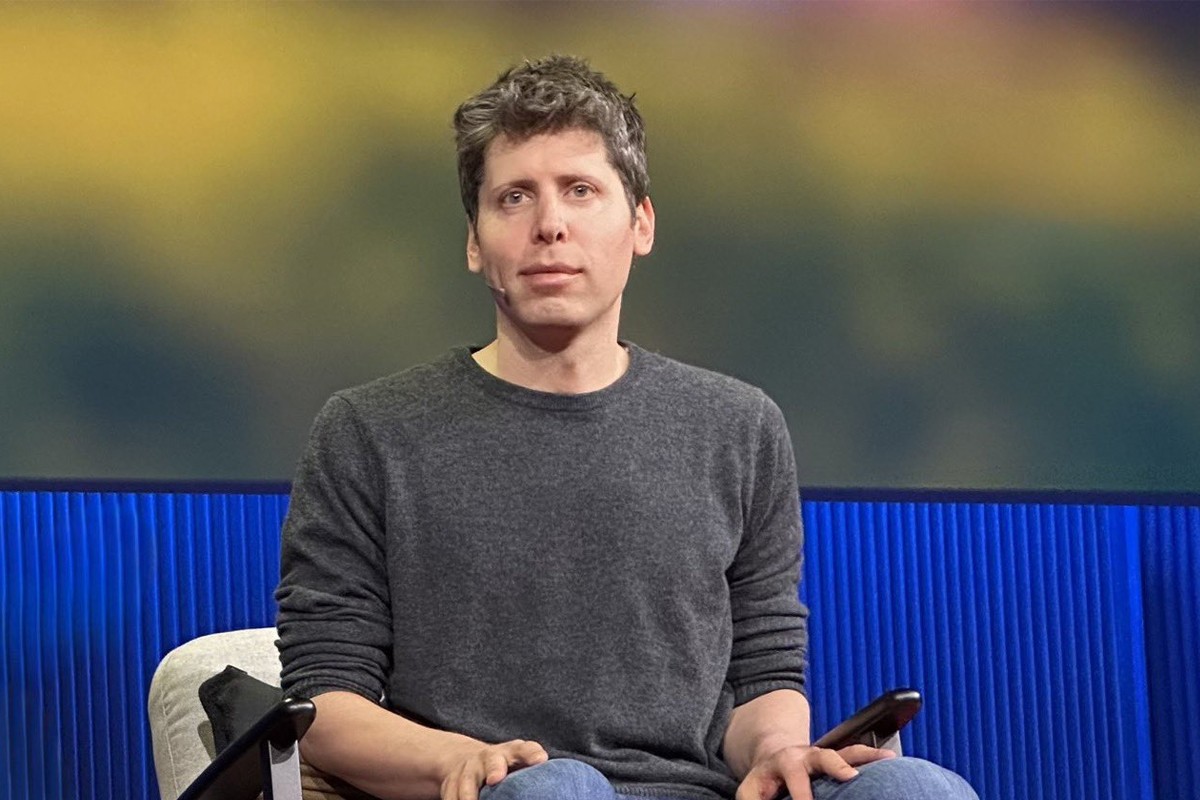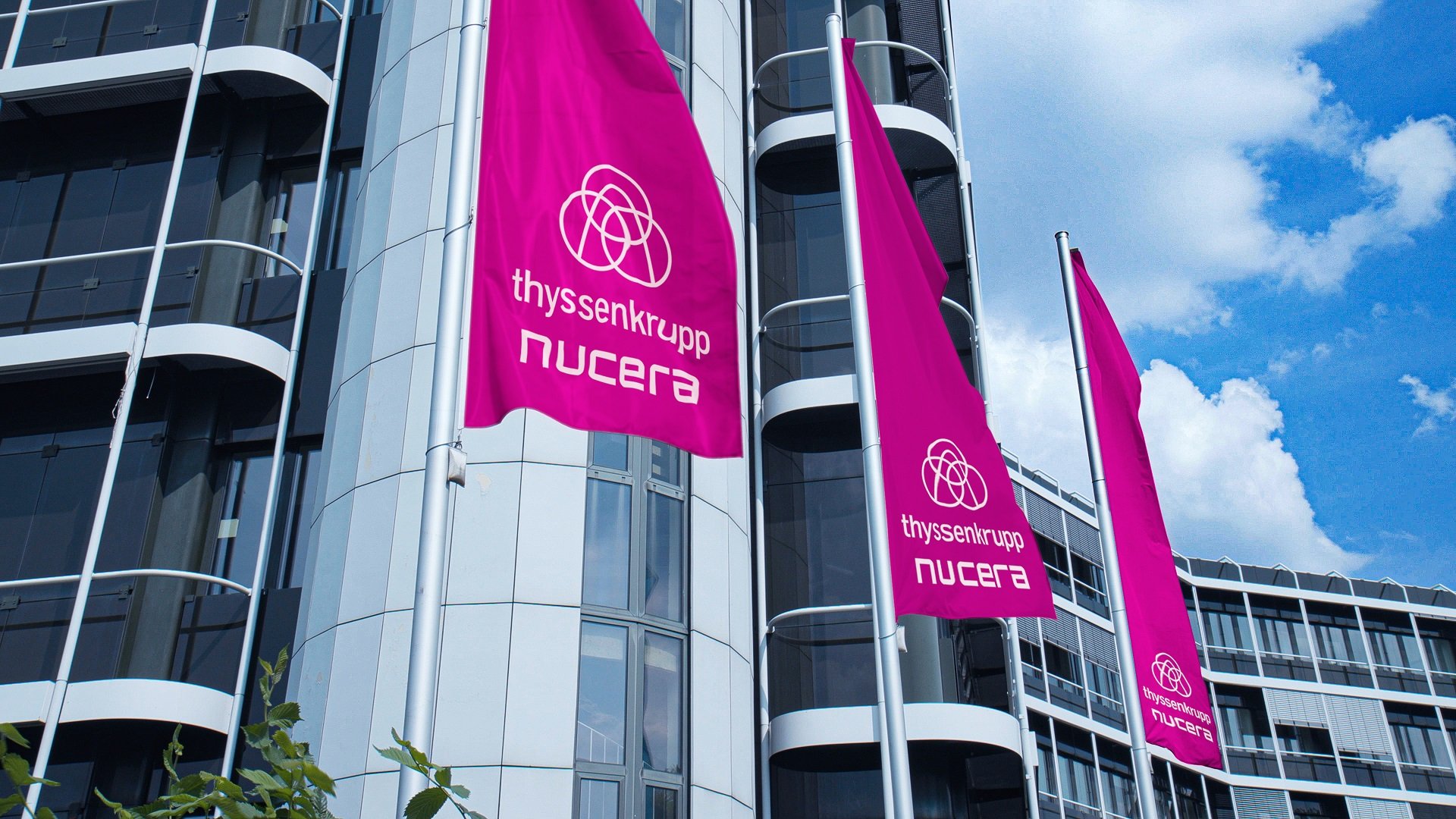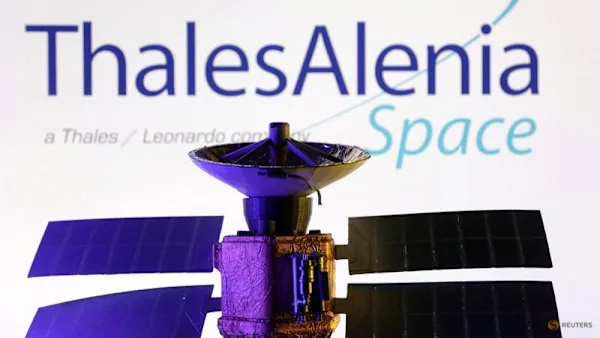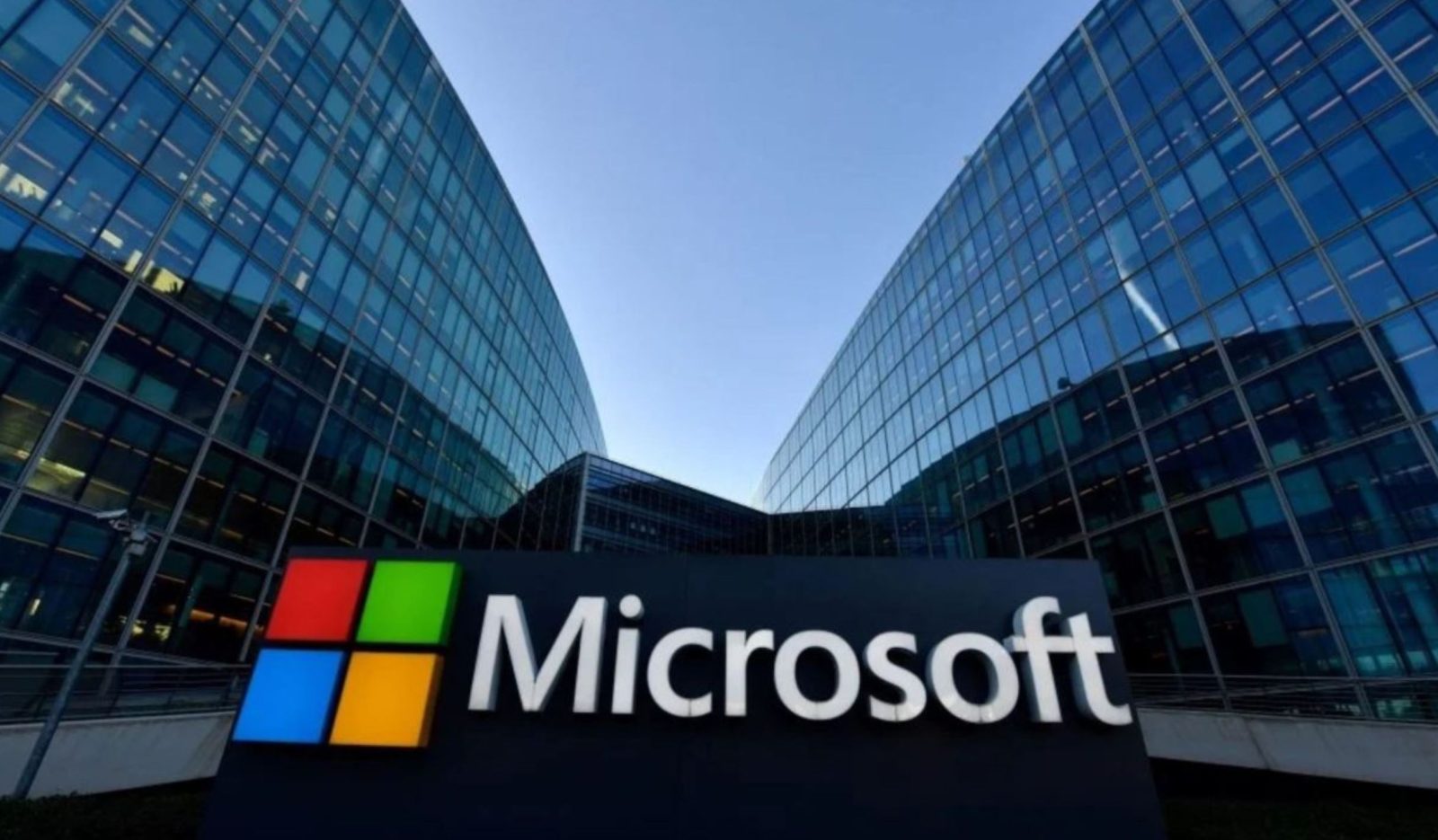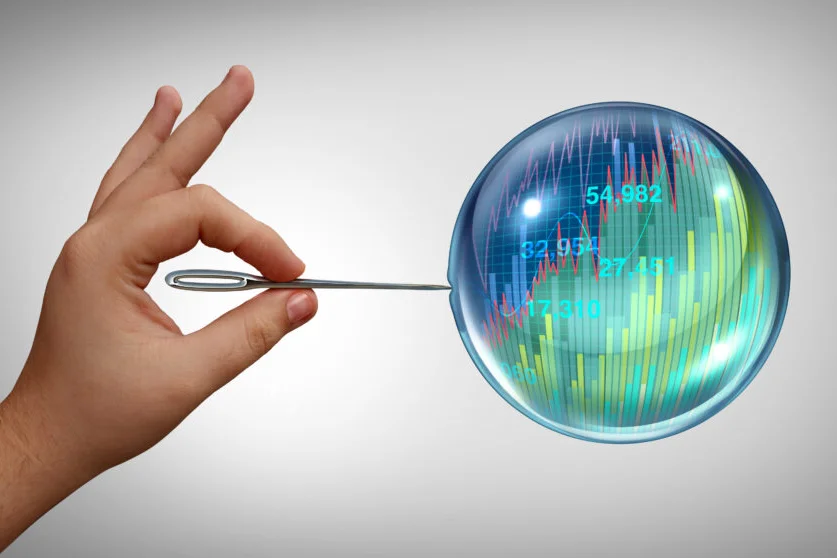
“This time is different” may be the most dangerous phrase in investing—but Goldman Sachs is embracing it, claiming today’s AI-driven tech boom doesn’t fit the script of past financial bubbles.
Despite soaring tech valuations and fears of another dot-com-style collapse, Goldman Sachs’ equity strategist, Peter Oppenheimer, pushed back on comparisons between the AI-fueled bull run and previous speculative manias, stating that there are key differences that make this cycle fundamentally healthier.
Stock Market Valuations Are Elevated, But Not Bubble-Level
Yes, valuations are climbing, but they are not as high as compared to the dot-com peak.
Goldman Sachs indicated that the rise in technology stocks has been “driven by fundamental growth rather than irrational speculation about future growth.”
The Magnificent Seven—Nvidia Corp. (NASDAQ:NVDA), Apple Inc. (NASDAQ:AAPL), Microsoft Corp. (NASDAQ:MSFT), Alphabet Inc. (NASDAQ:GOOGL), Amazon.com Inc. (NASDAQ:AMZN), Meta Platforms Inc. (NASDAQ:META) and Tesla Inc. (NASDAQ:TSLA)—trade at a median forward price-to-earnings ratio of 26.8.
That’s steep, but just half of the 52x median seen among top tech names in 2000.
Nvidia, now valued at $4.5 trillion, trades at a 26.1x forward P/E.
Back in 2000, Cisco Systems Inc. (NASDAQ:CSCO) traded at over 100 times earnings, and the top seven companies traded at a 52 times median forward P/E.
High Market Concentration Is a Concern—But Not a Bubble Trigger
The firm said that the 10 biggest U.S. companies now make up nearly a quarter of global public equity. While acknowledging this as “unsustainable,” Goldman argued that high concentration is not the same as a bubble.
“Historically the biggest sector has remained dominant for long periods of time,” the note said.
Goldman said disruption is still a real risk.
“Just over 10% of the Fortune 500 companies have remained on the list since 1955,” the note said, adding that none of the top 10 companies in the S&P 500 in 1985 remained in the top 10 by 2020—except Microsoft Corp..
Goldman cautions that disruption is inevitable, and diversification remains essential.
Oppenheimer also indicated that unlike past bubbles—when overvaluation was paired with debt and weak fundamentals—today’s giants have strong balance sheets, massive cash flows, and limited leverage.
Capital expenditures have “rapidly increased since the emergence of ChatGPT,” as hyperscalers expand AI infrastructure.
But unlike past cycles, most of this investment is being financed through strong free cash flows.
Goldman highlighted the differences between the current AI investment surge and historical episodes, such as the 1840s railway boom and the late-1990s telecom frenzy.
Back then, companies like WorldCom and Global Crossing collapsed under mountains of debt. In contrast, today’s leaders have stronger fundamentals.
Are AI Valuations Justified?
Goldman analyzed valuations across price-to-earnings, price-to-book, return on equity and dividend discount models.
The firm concluded that while valuations are “increasingly stretched,” they are still below peak bubble levels.
The real risk, Goldman said, is an earnings disappointment. If growth falters, stretched valuations could compress quickly. However, a broad systemic collapse like 2000 or 2008 is unlikely, thanks to strong corporate and banking sector balance sheets.
Read Next:
Going All-In On US AI Stocks? You’re Missing The China Trade, Alpine Macro Says
Image by Lightspring via Shutterstock
